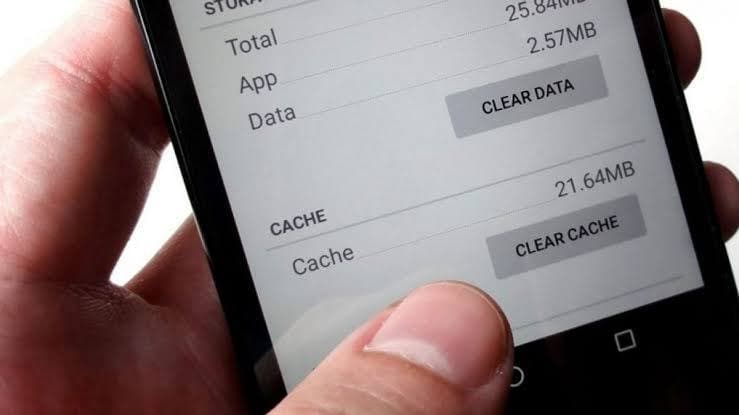
Introducing Cache Data: What is Cached Data and How Does it Work?
Cache data, or caching, is a technology used to reduce the amount of data transmitted between applications, web browsers, and web servers. It works by storing frequently requested data on a local computer or device, allowing faster response times for future requests. This data can be from a web page, image, or other type of file. With caching, users can enjoy quick access to the content they need while helping to reduce the amount of load on the web server.
Accelerating Web Performance with Cached Data
When a user visits a web page they have not previously accessed, the browser downloads all the data to render the page. With caching, the browser stores some of that data, and any subsequent request for the same content will be served from the local device. This helps to speed up web page loading times and reduce the amount of data that needs to be served from the server, freeing up resources for other tasks.
Examining the Benefits of Cached Data
Cached data is incredibly useful for both the user and the server. By delivering data from the local device, it reduces the need for bandwidth and reduces the stress on the web server. Additionally, caching allows for quicker loading times, which leads to a more enjoyable user experience.
Understanding the Process of Storing Cached Data
Caching is a complex process involving several steps. First, when a user visits a web page, their browser downloads and stores the data it needs to render the page. This data can include images, HTML, CSS, and JavaScript. Next, the browser stores the data in a local cache, where it is retrieved when needed. Finally, when the browser detects that content has changed, the cached data is updated.
Keeping Differences between Primary and Cached Data in Mind
One important aspect of understanding cache data is to be aware that it is not always the same as the primary data stored on the web server. This is because cached data is stored in a local device, so any changes or updates to the web page may not be reflected in the cached data until the browser detects the changes and updates the cached data.
How Long is Cached Data Retained?
Cached data is stored on the user’s device and is typically retained for a specific amount of time before it is deleted. The exact amount of time retained can vary, but it is generally measured in days or weeks. The browser can also detect changes to the web page, at which point it will update the cached data.
Analyzing Cached Data in the Context of Cloud Computing
In the context of cloud computing, cached data is even more useful. With cloud-based applications, data is typically stored and served from a remote server, so caching can help to reduce the amount of data that needs to be processed and transmitted. This can help improve scalability and performance of cloud-based applications, creating a better experience for users.
Optimizing Applications with Cached Data
Caching can also be used to optimize applications. By storing and serving data from the local device, developers can make sure that the most up-to-date content is served to users without overloading the server. This can help reduce bandwidth, allowing for more efficient data processing and storage.
Addressing Security Concerns of Cached Data
One potential security concern of cached data is that it may contain sensitive information such as passwords or authentication tokens. Developers who are implementing caching in their applications should take extra measures to ensure that the cached data is secure.
Exploring the Future of Cached Data
Cache data plays an important role in the modern web, providing faster loading times, reduced bandwidth, and improved scalability. As technology continues to evolve, it is likely that developers will find more ways to optimize caching and utilize it to further enhance the user experience.
Conclusion
Cache data is an important technology that is used to reduce the amount of data transmitted between web browsers and web servers. It can significantly improve both the performance and scalability of applications, while also reducing the amount of data that needs to be processed and stored. However, developers should take extra measures to ensure cached data is secure. With technology continuing to evolve, it is likely that caching will play an even more important role in the future.












